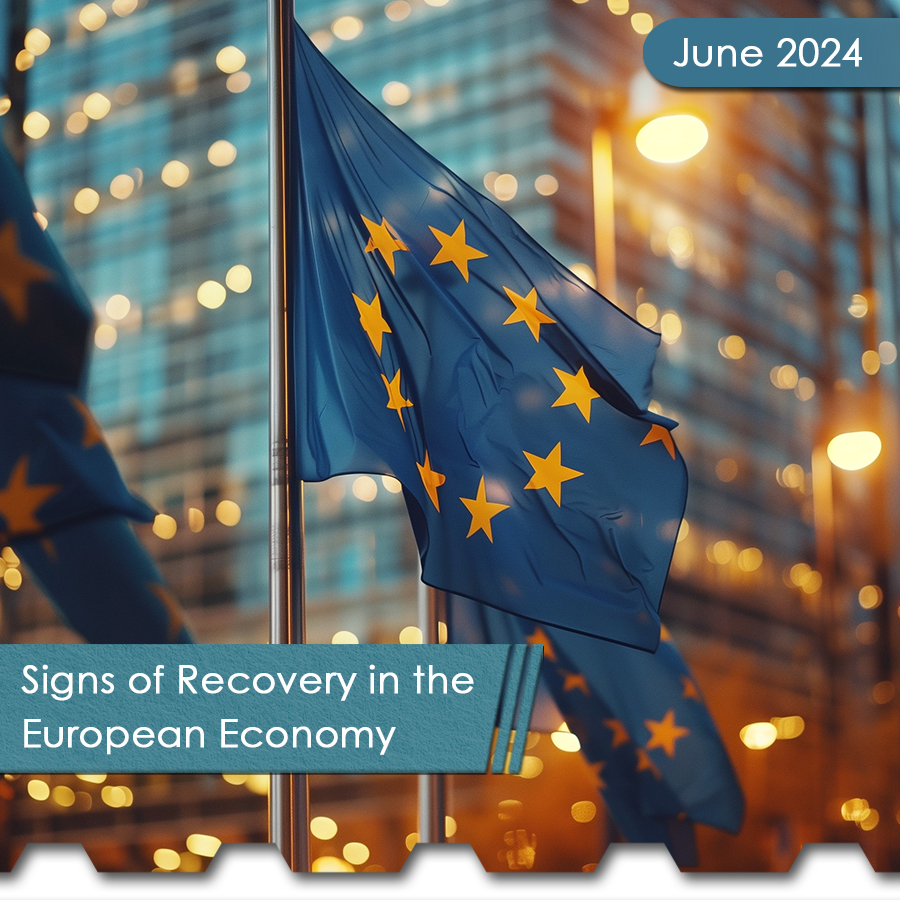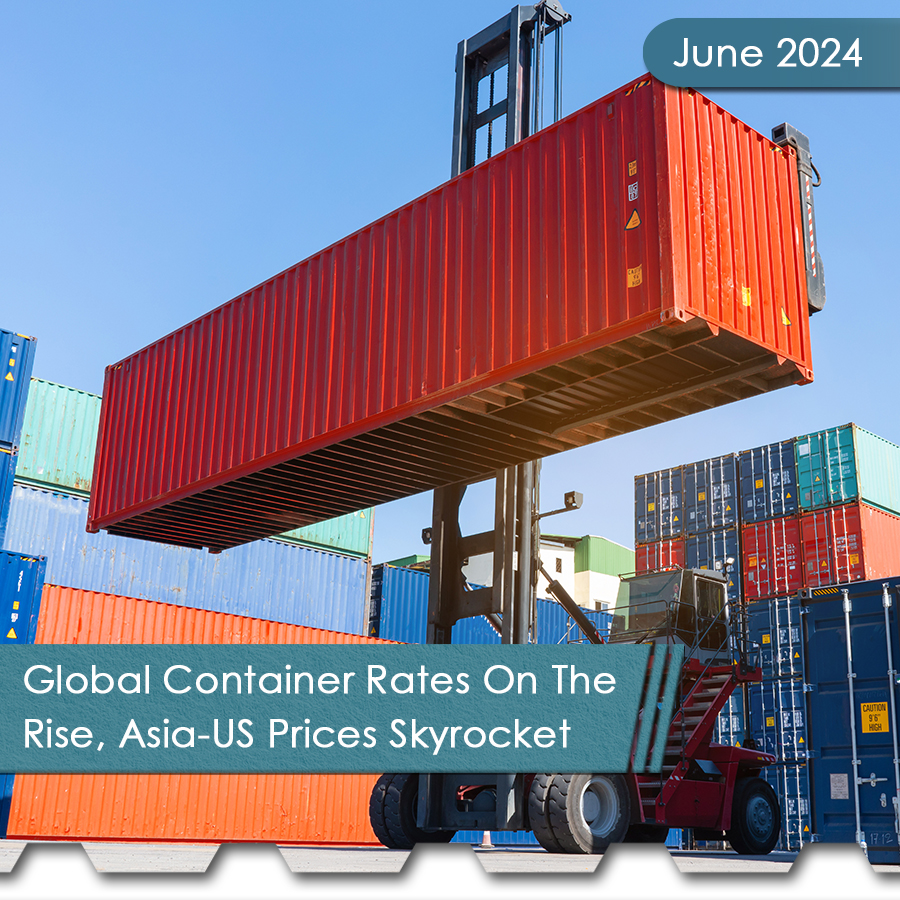
The fluctuating global economy fueled by political unrest in the Mideast is causing the chemical industry to experience dramatic change—some good, some not so much.
Europe is finding the need for the chemical industry to reinvent itself to stay competitive. Asian markets are climbing the ranks of the top 110 chemical companies in total revenues while U.S. companies are falling. The EPA’s emission control proposal is proving costly. And Dow questions world carbon market policy. The good news is: Marcellus Shale created 45,000 construction jobs in four states.
Cefic: Chemical Industry Must Reinvent Itself to Stay Competitive
An IHS Chemical Week article by Natasha Aperowicz said that Cefic, the European Chemical Industry Council, announced at the Cefic General Assembly that Europe’s chemical industry is reinventing itself to stay competitive. Its share of the global market is declining as escalating energy prices continue to cripple the sector. Cefic also confirmed that Jean-Pierre Clamadieu, CEO of Solvey, will succeed Kurt Bock as the next president of Cefic.
Billion Dollar Club Hierarchy reshuffles as Asia and Mideast Climb Ranks
A recent IHS article by Rob Westervelt reported that Asian chemical makers continue to climb the ranks of the top 110 chemical companies by revenue. The shale boom initiated a wave of capital spending in North America, as Europe is slowly emerging from recession. BASF retains the top ranking in CW’s Billion-Dollar Club for the eighth year according to our annual ranking of chemical makers by revenue on a dollar basis. China’s Sinopec and Saudi Arabia’s Sabic have pushed the normal US leaders lower, rising respectively to the second and third spots. ExxonMobil and Dow Chemical managed to round out the top five, coming in fourth and fifth, respectively.
Report: EPA Climate Rule Would Cost at Least $366 Billion
A Timothy Cama article published in The Hill said that according to a study commissioned by business groups, the Environmental Protection Agency’s carbon emissions proposal could cost $366 billion. The study, conducted by Nera Economic Consulting, predicted that electricity bills would increase by at least 20% in 14 states, which would cost consumers and businesses $41 billion or more per year. Meanwhile, the EPA counters that compliance would cost about $8.8 billion annually while bringing public health improvement worth up to $93 billion.
More Than 45,000 Construction Jobs Created by Marcellus Shale
A study commissioned by the Oil ad Natural Gas Industry Labor-Management Committee found that Shale natural gas exploration in the Marcellus play generated more than 45,000 construction jobs in Pennsylvania, West Virginia, Maryland and Ohio from 2008 through the first half of this year. The announcement, in an article published in The Hill, went on to say that Louis Finkel, executive vice president of government affairs at the American Petroleum Institute, lauded the study, saying it “reaffirms that responsible domestic energy production is fueling our economic recovery.”
Dow: World Carbon Market Needs Less Intervention to Work
A Bloomberg report by Mathew Carr said that according to Dow Chemical Co., the world’s first global carbon market will need less intervention by regulators to succeed. Politicians must avoid earlier missteps in Europe that included bans on imported carbon credits and a temporary cut of permits to curb a glut, said Russel Mills, director of energy and climate policy at the biggest U.S. chemicals maker.
Mills went on to say that, “Constant political interventions in the market dilutes the credibility, which in turn reduces the broader use of effective market approaches by other countries.” He also said that “Concern on cost impacts is the single biggest factor slowing progress toward a global climate agreement, so it’s perverse that market approaches, the most cost-effective tool, are struggling to find more global market acceptance.”






